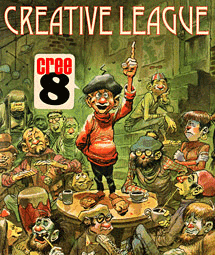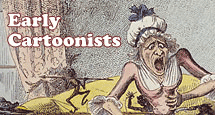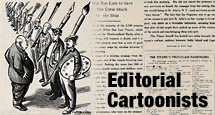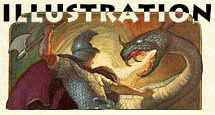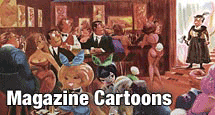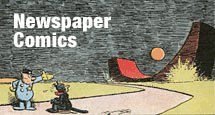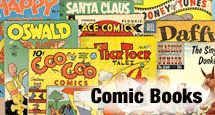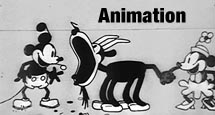TERMS AND CONDITIONS FOR THE USE OF THE ANIMATION RESOURCES WEBSITE:
The images and movie files on the AnimationResources.org Blog are not necessarily in the Public Domain. The postings and many of the media files on this site may be protected by copyright. You do not have the right to redistribute content, host it on other sites, or share it with others. The material on this website is being presented for critical analysis, informational purposes and educational use by Animation Resources Inc, a non-profit 501(c)(3) cultural arts educational institution, archive and library. All rights reserved.
This means the media files (images, movie files, etc.) used as a part of our postings MUST REMAIN ON OUR SITE, WITHIN THE CONTEXT OF THE ARTICLES THEY ILLUSTRATE.
Use of this website constitutes agreeement to the following:
- YOU WILL NOT DOWNLOAD, COPY OR POST THE CARTOON VIDEOS OR IMAGES ON THE ANIMATIONRESOURCES.ORG BLOG TO YOUTUBE, VIMEO, FLICKR, PHOTOBUCKET, FACEBOOK, TUMBLR, OR ANY OTHER SOCIAL MEDIA OR FILE SHARING NETWORKS. YOU WILL NOT REPACKAGE, EDIT OR REDISTRIBUTE ANY OF THE TEXT OR IMAGES ON THE ANIMATIONRESOURCES.ORG SITE.
All of the text, images and media files on the AnimationResources.org Blog are protected by copyright, and are not to be redistributed or hosted on other websites without the prior written permission of the Director of AnimationResources.org.
- YOU WILL NOT LINK FROM YOUR WEBSITE OR SOCIAL MEDIA SITE DIRECTLY TO ANY MOVIE FILES OR IMAGES.
You may choose an example image and link it back to the original article for your website or social media account. But always include a link to the Animation Resources page that contains the image or movie, do not link to the image or movie file itself. Our fair use exemption depends on the educational context in which we present the material. It’s important that the movie or image is presented to the public within the context we have created for it in our blog posting.
- YOU WILL NOT COPY WHOLE POSTS FROM THE ANIMATIONRESOURCES.ORG BLOG TO YOUR OWN BLOG.
You may use an image or two and your own description or short quote to represent the subject of the post you are linking to, but you may not reprint significant portions of any of our content without the prior written permission of the Director of AnimationResources.org.
TERMS AND CONDITIONS FOR USE OF MEMBERS ONLY MATERIAL:
Material in “Members Only” areas of the Animation Resources website may be protected by copyright and is provided to supporters of Animation Resources under Fair Use provisions for critical analysis, educational and reference purposes only. Permission to copy and print is granted for personal use only and these files are not to be distributed or shared with others. All rights reserved.
We appreciate your links to our postings and your support of this important project. If you would like us to continue to provide this valuable information to you, please follow these conditions for the use of our website.
If you have any questions, please contact us at… sworth@animationresources.org
Thank you
Stephen Worth
Director
AnimationResources.org









 by
by 





